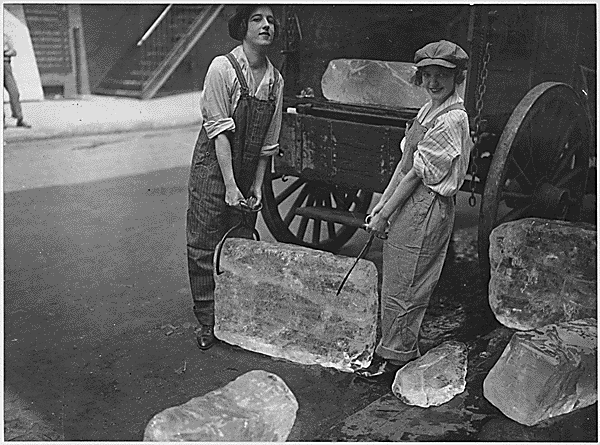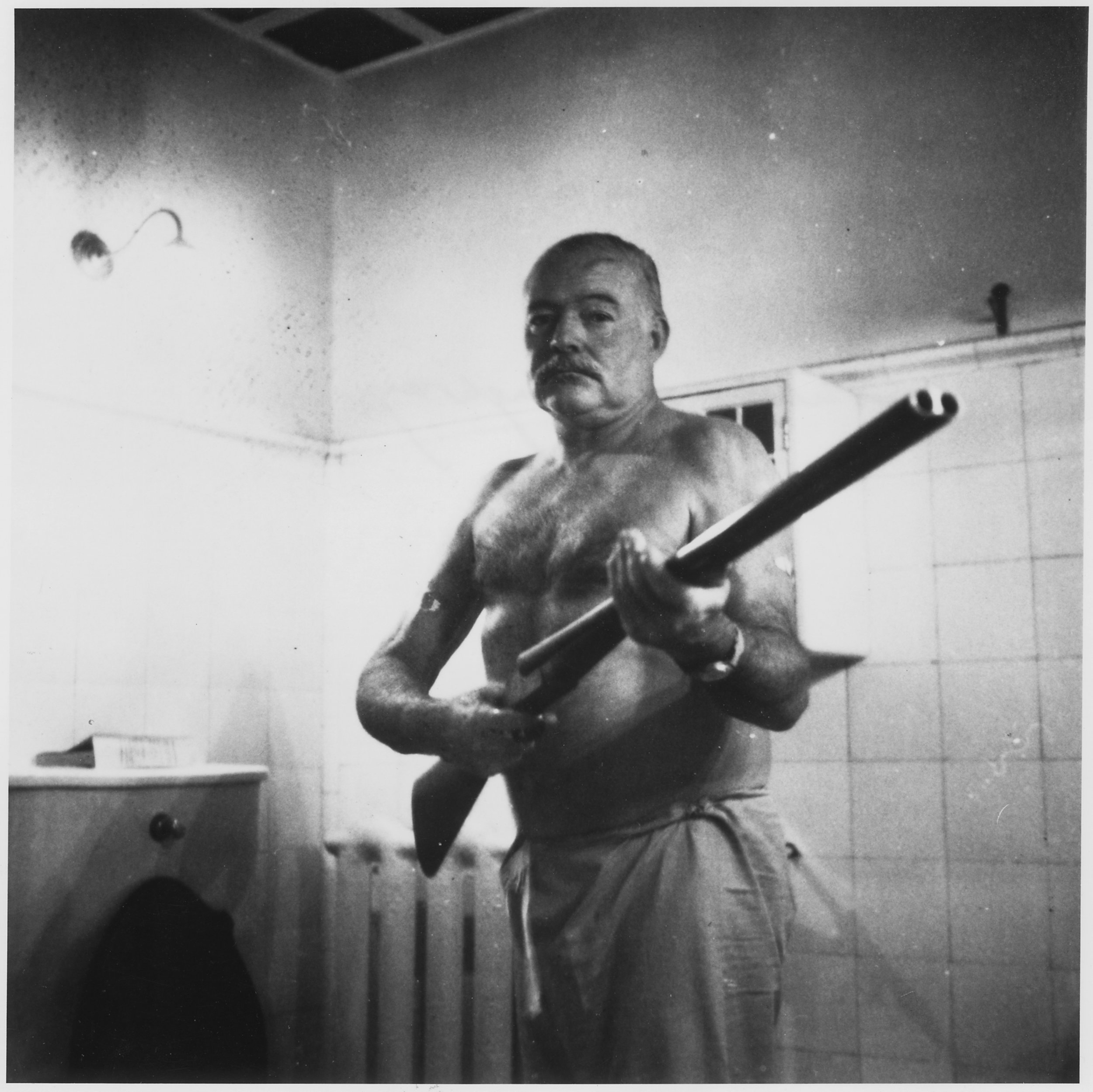The awkward birth of the ice trade
It was in the early 1800s that Frederic Tudor first had his vision for success.
His idea was to cut up large blocks of ice from the frozen lakes of New England and transport them by boat to tropical lands.
There, he planned to sell them at hugely inflated prices and become extremely wealthy in the process.
After developing a technique for keeping the blocks from melting during the voyage, Tudor organised a maiden trip between Boston and Martinique in the Caribbean.
However, much to his dismay, the enterprising businessman soon discovered he had overlooked one major point: the residents of Martinique had no use for his product.
They had never seen ice before and the concept of frozen water seemed entirely alien to them. They just couldn't see the point of it.
In short, Tudor had completely overestimated their desire for his ‘luxury’ good. He attempted to explain its uses to the local population but his sales pitch fell on deaf ears.
It was a failure and he returned to the US with significant financial losses.
His efforts were not entirely in vain though. Later in life, he found success with his ice shipping by establishing a network between New England and Rio and Bombay.
Interestingly, for a portion of the 19th Century ice shipping became the second largest American export after cotton. It is estimated to have employed around 90,000 people at it's height.
Inspired by Tudor’s success, it wasn’t long before other entrepreneurs went on to find other ways of keeping things artificially cold.
This time, however, they knew that the demand (in the form of housewives wanting to keep their food fresh as long as possible) was there from the start.






